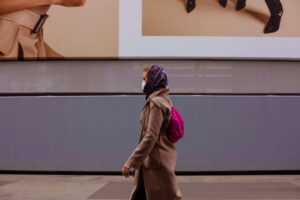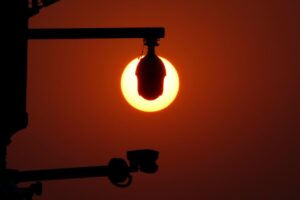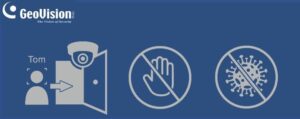
Since medical science is yet to find a cure for COVID-19, the best way to prevent the rapid spread of the virus is to contain it by limiting the interaction of infected people with others. Unfortunately, sometimes the disease shows no symptoms at all. Or the symptoms are similar to common flu and can make people think it is not anything serious. Moreover, even when there are symptoms, people may not realize it.
The first step that governments worldwide took to contain this spread was to strengthen surveillance at airports at other ports of entry, of people arriving from countries where the outbreak became catastrophic. This is where the first line of defense is set up, with a host of optical and other sensor-based solutions.
1. Temperature monitoring

One of the most common solutions used is body temperature cameras, especially in airports and many public or government buildings.
Fever detection systems in highly frequented locations such as airports have been in use for several years. Fever cameras detect persons who show symptoms of a possible disease. Also, the cameras can have a deterrent effect on people who want to move in public despite being ill.
IP Cameras or non-contact thermometers are commonly used as a non-contact screening tool to detect differences in skin surface temperatures and pattern changes.
2. Beyond thermal imaging

While thermal imaging technology has traditionally been popular in detecting people with higher body temperature at airports, some companies have developed new technologies that they claim are more accurate and cost-efficient.
For example, some of such technologies are able to analyze changes in a person’s eyes to detect symptoms of infection. Thermal imaging systems could get the readings wrong since even a person coming out of a warm room could have elevated body temperature.
But the advanced technologies will not make such mistakes since it is more specific in its target points.
3. How effective are these?

Although such solutions are popular in the market now, more should be done for the best results. A thermal or related technology camera would be useful when there is a way to control the crowd, but in many places, there is no way to manage people effectively.
These cameras are useful but can be limited when processing large human traffic such as commercial buildings or even train stations, as picking out someone will be difficult. A better solution will be an automated body temperature system that also authenticates identities or try to identify someone. Such solutions can be integrated into the gentries or access control system to stop someone with a fever effectively. Especially facial recognition ones that are contact-less and fast. Of course, facial recognition technology has also come under scrutiny this season, with many people wearing masks. Some companies claim that they have been able to provide solutions that can detect people even with masks on, but for the most part, this remains a tough task.
However, Emina Chan, Sales Manager at Geovision said: “Being contacless is of paramount importance for access coontrol solution during this extreme situation. Geovision offers facial recognition readers and contactless exit buttons to fit your needs. “
Adapted from a&s Magazine



































































